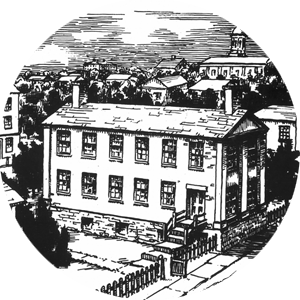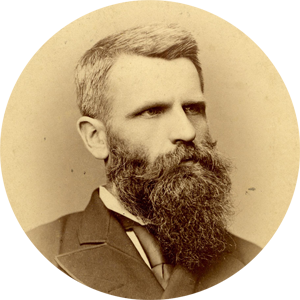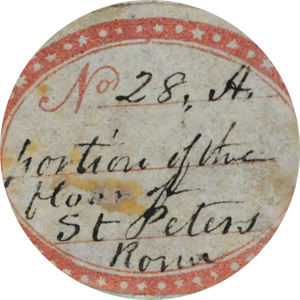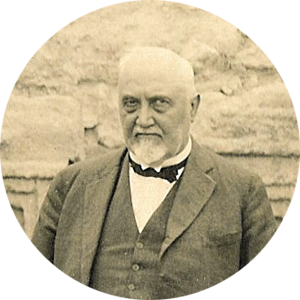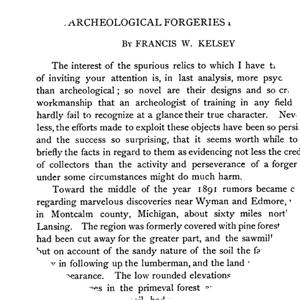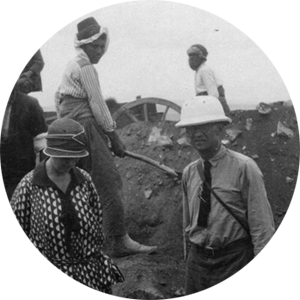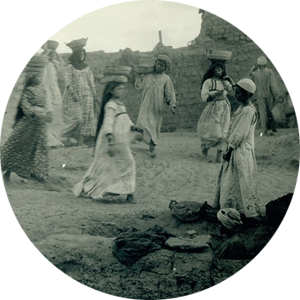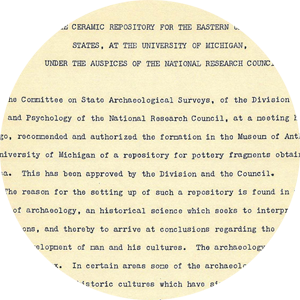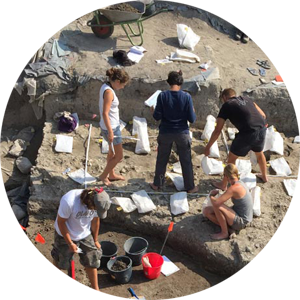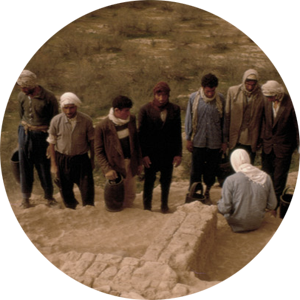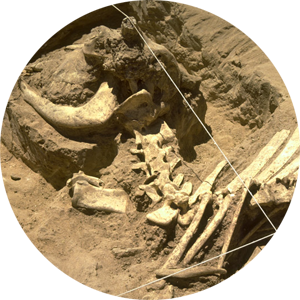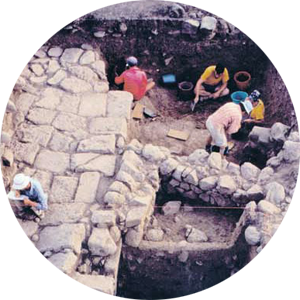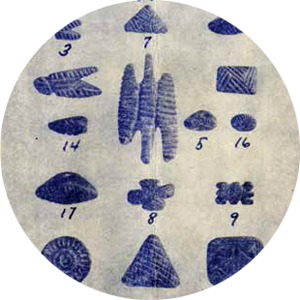A Mummy’s Hand: Human Remains in the Kelsey Museum
The recovery and collection of human remains was a major focus of early archaeological research, including at Michigan. Today, these remains pose complex ethical and legal challenges for museums. Museums preserve, protect, and study human remains, but such goals can fail to respect them for what they are. While studying these ancient people provides unique insights into the human past, they did not consent to being removed from their intended resting places. In 1990, the U.S. Government enacted the Native American Graves Protection and Repatriation Act to compel the return of human remains, funerary objects, sacred objects, and objects of cultural patrimony to federally recognized tribes. No comparable legal statute addresses international repatriation.
A hand from a mummy, acquired in Egypt and donated to the University in 1903, exposes the kinds of problems that human remains pose for archaeological museums. We know that it is Egyptian, but there is no other contextual information. It is impossible even to determine its age without destructive testing, or to say anything about the mummy from which it came.
How can and should the museum most appropriately care for this hand? What is the balance between respecting the interests of ancient people, museums and archaeologists in preserving the past, and the research and educational needs of a university museum?
Gallery Photo


